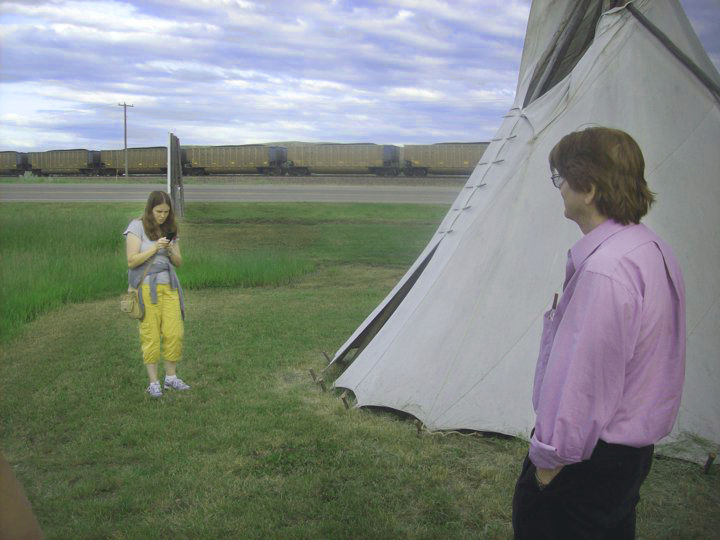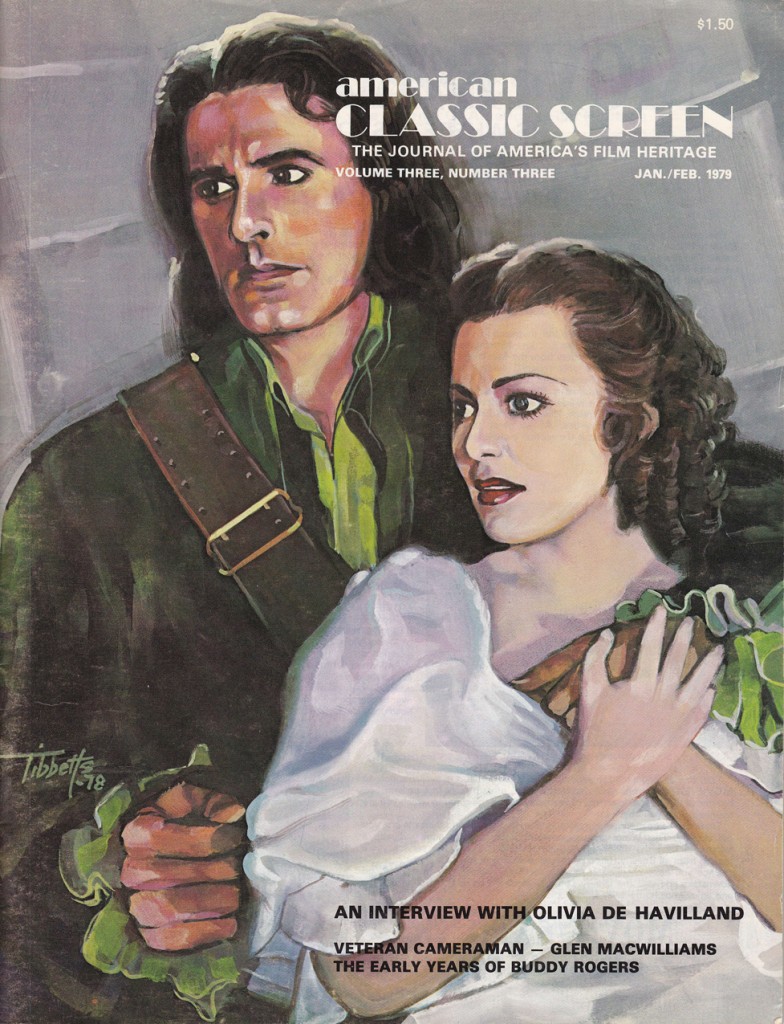Website & blogs © Louis Kraft 2013-2020
Contact Kraft at writerkraft@gmail.com or comment at the end of the blog
You wouldn’t believe what my day entails if I told the truth. Heck, you wouldn’t believe it if I lied. Let’s put it this way, the days are long. Long days are good, for nights can be hell even though sometimes decent work bounces trippingly off the keyboard during the wee hours.
Images and ideas constantly dance before me; still it is often lonely. A hard and yet inevitable decision made 14 months ago set my book projects key to my future. This has locked me into “an outside forever looking in world” of my own making. No regrets, for it was a decision of choice (but surprisingly not new just dormant).

LK watching daughter Marissa K. at the historical park where the Custer Battlefield Historical and Museum Association’s banquet was held the day after their annual symposium on June 24, 2011 (I spoke about Flynn, de Havilland, & Custer). Weather was great; not hot, not cold … nice. During the trip, Marissa and I hung out with good friends Linda Andreu Wald and Bob Williams. We tracked Custer at Pompey’s Pillar where he had a firefight with the Sioux in 1873, explored Billings (like the city, but don’t think I could survive a winter), saw a great piece of art on Kit Carson that I had never seen before, and of course walked the Little Bighorn National Monument (first time I’ve seen green grass there). Good times. … Here Marissa is checking her phone for something that Linda sent her. Bob Williams took this photo on June 25, 2011, and I like it for it captured a moment of time in my life that was at a crossroad (and I didn’t know it). More important at this late date, it shows me doing one of the few things I’m good at—observing. (photo © Louis & Marissa Kraft 2013)
Sand Creek and the Tragic End of a Lifeway

Marissa Kraft exploring Sand Creek below the bluffs at the big bend of the dry riverbed on the Bill Dawson property in September 1987. (photo © Marissa & Louis Kraft 1987)
Work on Sand Creek and the Tragic End of a Lifeway has picked up speed and intensity. Research is now ongoing and daily (except when I visit the USC Warner Bros. Archives). An historian’s search never ends and it is forever ongoing. William Bent, a trader who would play a major role walking between two worlds (Cheyenne-Arapaho and white), is seeing his part in the story grow while at the same time seeing portions of his life debunked.
The question here is how to present information that puts the lie to supposed known “truths” that have been repeated so long that they are no longer questioned? George Bird Grinnell’s work with the Cheyennes is standard. How can his writing be challenged without outraging the multitudes of writer/historians that have accepted it without question? Me included … until now. I will say this about Mr. Grinnell, and it is probably heresy, but I think that the papers in his collection at the Braun Research Library (Southwest Museum, Los Angeles, Ca.) are much-much more important than his classic books on the Cheyenne Indians.
Battle or massacre? For years I have held steady that the attack on the Cheyenne–Arapaho village on Sand Creek in November 1864 was a battle. Within the last two months I have changed my opinion. I recently read Ari Kelman’s A Misplaced Massacre: Struggling Over the Memory of Sand Creek (2013) and am disgusted and yet thrilled with his book. His facts and conclusions based upon listed primary source material confuses me. How could he have good information and yet interpret so poorly that his sections dealing with 1864 and 1865 are loaded, and I mean loaded, with errors. This isn’t excusable. How? Why? But this only accounts for 20 percent or less of his text.
The rest of the book, fully 80 percent, is a page-turning exposé of the struggle to find the Sand Creek battlefield and the ongoing fight between property owners in southeast Colorado, Cheyenne and Arapaho massacre descendants, politicians, local residents, National Park Service personal, historians, would-be historians, government officials, and so on before the Sand Creek Massacre National Historic Site could become reality.
This portion of Kelman’s book is not about that terrible day of November 29, 1864, when people who thought they were at peace were attacked by Colorado volunteer troops, killed (and in numerous cases murdered), and then hacked to pieces (but Kelman understands and captures the devastating wound that still burns within the soul of today’s Cheyennes and Arapahos). On that November 29th day volunteer troops used small children for target practice, an unborn child was cut from its dead mother’s body and scalped, three women and five children prisoners were executed by a lieutenant with his saber as their guards backed away in horror and while they begged for their lives. Many of the bodies gave up between 5, 7, and sometimes 8 scalps. Penises, vaginas, and breasts were cut from the dead and displayed as ornaments and trophies. I have been talking about this and writing about this for years. AND I’m always disgusted (as was Ned Wynkoop when he learned what had happened). BUT it was Ari Kelman’s book that made me realize that Sand Creek was a massacre—not because everyone died, for many people escaped the bloodbath and survived, but because of the heinous intent of the onslaught, the heinous intent to remove a race of people from the face of the earth.
Yes, I’ve been outraged for years, and that outrage is front and center right now.
That said, Sand Creek and the Tragic End of a Lifeway will be told from all sides and in the POV (point of view, a cinematic term) of the participants. I will paint no villains; you will judge the participants by their actions, and when I know them by their motivations. It took Chuck Rankin, editor-in-chief at the University of Oklahoma Press, and myself years to piece together a story idea that both of us are enthusiastic about. Over these years Chuck has become a good friend and a calming element in my life. Sometimes I push too hard, and he growls back. But that’s good for it gives me a release on frustrations and at the same time keeps me focused and in line.

Cool Errol Flynn and Olivia de Havilland art from a magazine that no longer exists. I want art for the cover of Errol & Olivia, and if not I already have the photo I want to use (believe it or not, I already have the cover art for the second Flynn book). (Louis Kraft personal collection)
Errol & Olivia
Research for the manuscript on Errol & Olivia continues, and although I’m not writing as many words as I’d like I’m thrilled with the direction and focus in which the manuscript moves. I have constantly stated that this book will be “different,” and this remains true.
The focus is certainly on Flynn and de Havilland, but it is on so many levels of their lives and times that I can’t remember reading a similar type of biography. The search for them is ongoing and intense as I use every means I’ve learned over the years (from the theatrical, technical, and historical worlds) to bring them and their world to life.
______________________________________
As with all previous books, it is the entire research, writing, and production process that gives me life. … This guarantees that the upcoming years are going to be one hell of a good ride.

